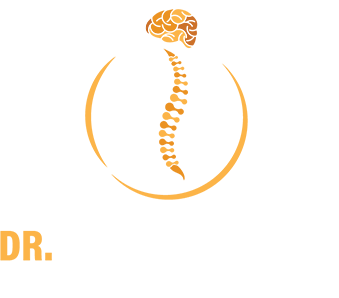Table Of Contents
- What Is Trigeminal Neuralgia?
- What Causes Trigeminal Neuralgia?
- What Are The Symptoms Of Trigeminal Neuralgia?
- How Is Trigeminal Neuralgia Diagnosed?
- What Is The Treatment For Trigeminal Neuralgia?
What is Trigeminal Neuralgia?
Trigeminal neuralgia is a condition that results in episodes of painful sensations on one side of the face, comparable to an electric shock. The trigeminal nerve, which transmits sensations from the face to the brain, is affected by this chronic pain syndrome. Even mild stimulation of your face, such as brushing teeth or applying cosmetics, can cause severe pain if one has trigeminal neuralgia.
One may encounter brief, mild bouts at first. However, trigeminal neuralgia can worsen over time, resulting in more prolonged episodes of excruciating pain. It is more common in women compared to men, and it is more common in those over the age of 50.
Because there are so many therapy options for trigeminal neuralgia, it doesn’t have to be a life-threatening condition.
What Causes Trigeminal Neuralgia?
In many cases, the real cause behind the pain remains unknown. However, the known reasons that disrupt trigeminal nerve function include,
- Pressure from a swollen blood vessel or a tumour can pressure the trigeminal nerve, resulting in pain sensations.
- Damaged protective coating of the nerve in case of diseases like multiple sclerosis.
What are the Symptoms of Trigeminal Neuralgia?
The pain during a trigeminal neuralgia attack can follow the following patterns;
- Pain attacks that occur without warning or are caused by actions such as touching the face, chewing, speaking, or brushing one’s teeth.
- Multiple bouts lasting days, weeks, months, or longer — some people have pain-free periods that last days, weeks, months, or longer.
- Pain that lasts from a few seconds to several minutes, with attacks becoming more regular and powerful over time
- Pain seems like an electric shock and is intense, shooting or jabbing.
- Pain that rarely occurs during the night while sleeping.
- One side of the face is affected at a time.
How is Trigeminal Neuralgia Diagnosed?
The neuralgia can be diagnosed based on the pain description, which should include the following:
- Triggers. Pain from trigeminal neuralgia is commonly triggered by eating, talking, a light touch on the face, or exposure to cool air.
- Type: Trigeminal neuralgia pain is abrupt, shock-like, and only lasts a few seconds.
Other tests are conducted to rule out disorders that have similar symptoms, such as cluster headaches or postherpetic neuralgia, a painful nerve and skin condition. An MRI is also conducted to get a clear image of the brain.
What is the Treatment for Trigeminal Neuralgia?
- Surgery: While most cases of TN respond to medicine, severe symptoms can return if pain stops responding to therapy. Surgery may be a possibility in some situations. The most common surgical treatments are glycerol injections, balloon compression and radiofrequency thermal lesioning.
- Medication: Pain alleviation and reducing the number of bouts are both possible with medication. Anti-seizure medications, which stop nerve firing, are usually the first line of treatment. Muscle relaxants and antidepressants are examples of second-line or supplementary drugs.




